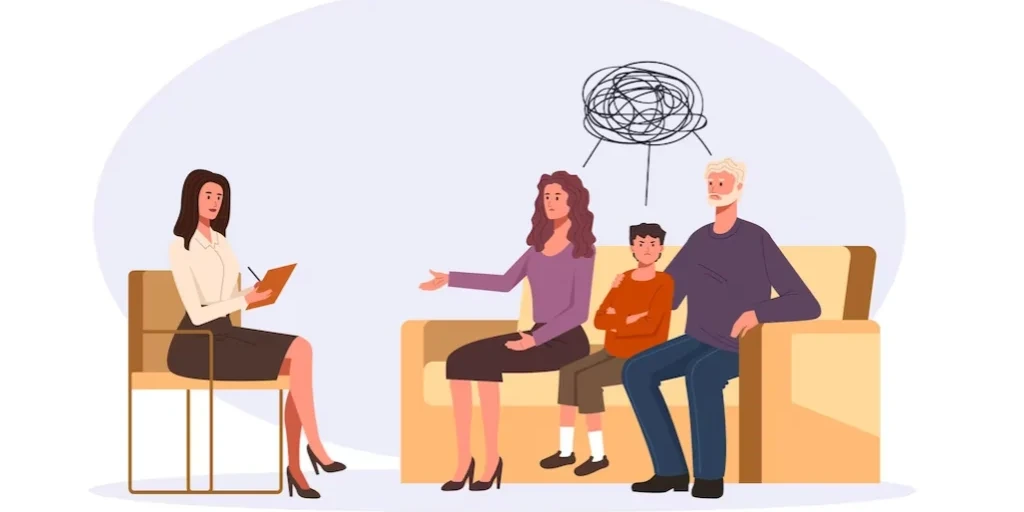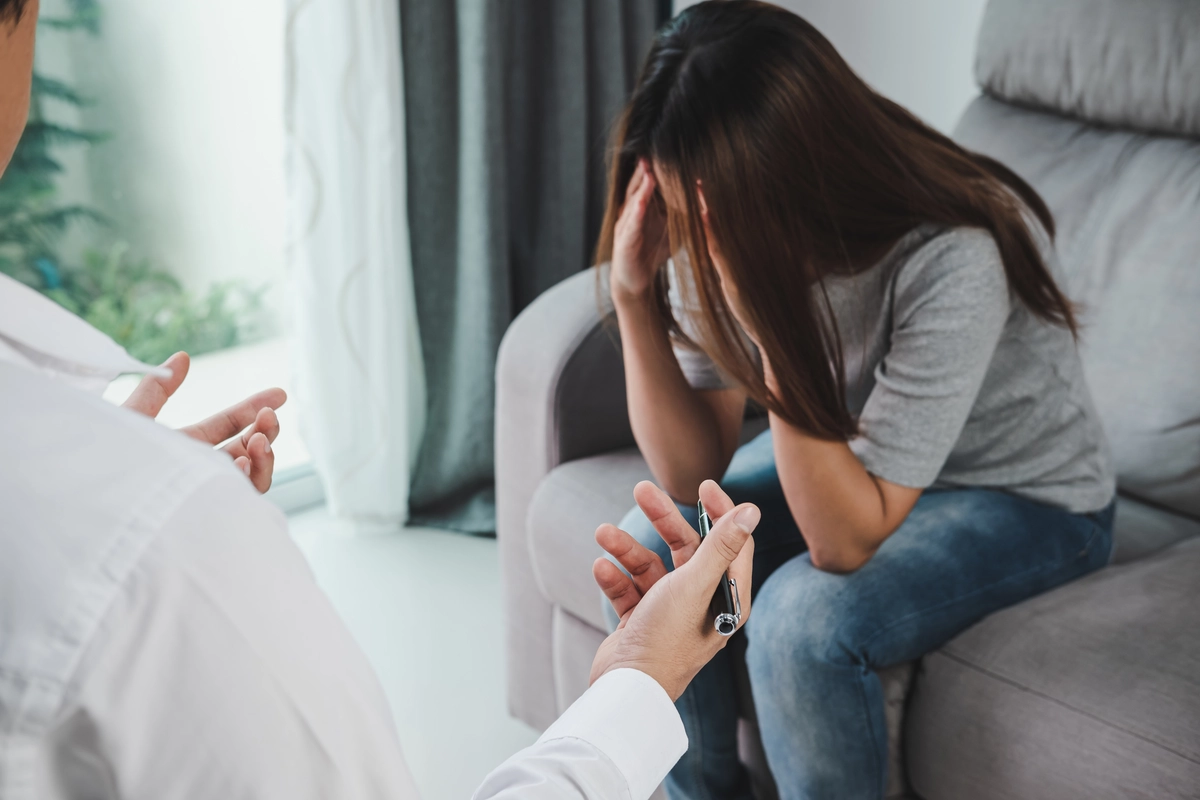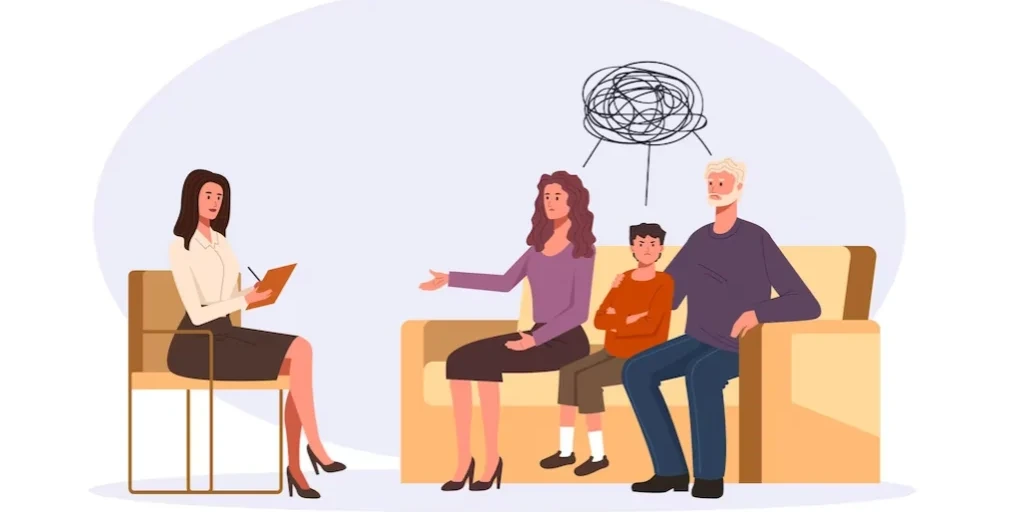24/7 Helpline:
(866) 899-221924/7 Helpline:
(866) 899-2219
Learn more about Eating Disorder Treatment centers in San Manuel
Eating Disorder Treatment in Other Cities

Other Insurance Options

Ambetter

Ceridian

American Behavioral

Amerigroup

Holman Group

Highmark
Beacon

WellPoint

Providence

Regence

Molina Healthcare

Health Partners

PHCS Network

Covered California

ComPsych

State Farm

Anthem

Medical Mutual of Ohio

BHS | Behavioral Health Systems

Sutter


Community Bridges – Outpatient
Community Bridges – Outpatient is a private rehab located in Casa Grande, Arizona. Community Bridges...

Pinal Hispanic Substance Abuse Counseling
Pinal Hispanic Substance Abuse Counseling provides behavioral health care and mental health treatmen...

Horizon Human Services – East Main street
Horizon Human Services – East Main street is a private rehab located in Casa Grande, Arizona. Horizo...

Centro Conocimiento
Centro Conocimiento is a private rehab located in Casa Grande, Arizona. Centro Conocimiento speciali...

Transitional Living Center Recovery
Transitional Living Center Recovery, in Casa Grande, Arizona, is an outpatient addiction recovery ce...

The River Source
Located in Arizona City, Arizona, The River Source is an alcohol and drug rehab center that offers a...

Transitional Living Communities
Transitional Living Communities (TLC) is a peer-run drug and alcohol rehab facility in Tucson, AZ. W...

Corazon
Corazon, located in Casa Grande, Arizona, is a facility that provides mental health treatment and al...

Pinal Hispanic Substance Abuse Counseling
Pinal Hispanic Substance Abuse Counseling is a drug and alcohol rehab and counseling center in Eloy,...

Helping Associates
Helping Associates is a counseling firm that offers a broad range of quality inpatient and outpatien...

Oasis Behavioral Health – Residential
Located in Casa Grande, Arizona, is the private rehab center Oasis Behavioral Health – Residential. ...

Horizon Human Services
Horizon Human Services is a private rehab located in Casa Grande, Arizona. Horizon Human Services sp...

Empact Suicide Prevention Center
Empact Suicide Prevention Center - East Apache Trail offers outpatient services for children and adu...

Resilient Health – Casa Grande
PSA Art Awakenings is a psycho-social rehabilitation program that offers outpatient services for ind...

Choices for Change
Choices for Change is a private rehab located in Superior, Montana. Choices for Change specializes i...

Endeavor House North
Endeavor House is a private drug and alcohol addiction treatment center in Kearny, New Jersey. They ...

Inter – County Council on Drug and Alcohol Abuse
Inter-County Council on Drug and Alcohol Abuse is a non-profit organization located in Kearny, New J...

Family Service Bureau
Family Service Bureau is a private rehab located in Kearny, New Jersey. Family Service Bureau specia...

The Superior Treatment Center
The Superior Treatment Center is a private rehab located in Superior, Wisconsin. The Superior Treatm...















Arizona Counseling and Treatment Services
Arizona Counseling and Treatment Services is a private rehab located in Arizona City, Arizona. Arizo...

Ak Chin Indian Community
Ak Chin Indian Community is a public rehab located in Maricopa, Arizona. Ak Chin Indian Community sp...

Zarephath – Apache Junction
Zarephath – Apache Junction is a private rehab located in Apache Junction, Arizona. Zarephath – Apac...

Park Place Outreach and Counseling
Park Place Outreach and Counseling is a private rehab located in Arizona City, AZ. Park Place Outrea...

Arizona Treatment Institute
Arizona Treatment Institute is a private rehab located in Casa Grande, Arizona. Arizona Treatment In...

AARC Americas Addiction Recovery Center
AARC Americas Addiction Recovery Center is a private rehab located in Casa Grande, Arizona. AARC Ame...

Gila River Healthcare – Behavioral Health OASIS
Gila River Healthcare - Behavioral Health OASIS is an alcoholic drug rehab center that provides addi...

Aires
Aires is a private rehab located in Casa Grande, Arizona. Aires specializes in the treatment of Subs...

Empact Suicide Prevention Center
Empact Suicide Prevention Center is a drug and alcohol rehab in Maricopa, Arizona. This facility off...

Helping Associates – 1929 North Trekell
Helping Associates - 1929 North Trekell is a private professional counseling firm providing services...

Arizona’s Children Association
Arizona's Children Association is the largest statewide comprehensive child welfare and behavioral h...

Alano Serenity Club
Located in Superior, Wisconsin, the Alano Serenity Club is a drug and alcohol treatment program for ...

Tradewinds Residence
Tradewinds Residence is a private rehab located in Superior, WI. Tradewinds Residence have and outpa...

AA – Alcoholics Anonymous
AA – Alcoholics Anonymous is a non-profit rehab located in Superior, Wisconsin. AA – Alcoholics Anon...

Lutheran Social Services
Lutheran Social Services is a private rehab located in Superior, Wisconsin. Lutheran Social Services...










































































































































































































































